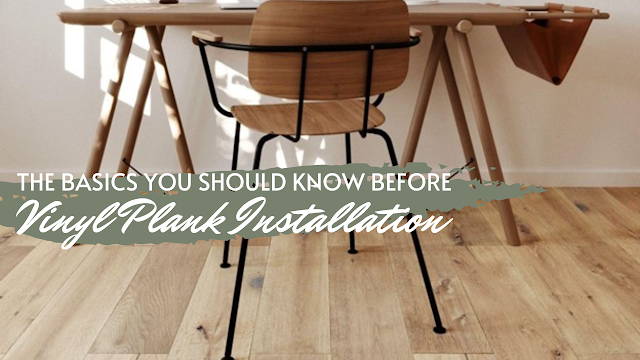Layer of Luxury Vinyl Components
The term "design layer" also refers to the "image layer" in certain cases.
Vinyl, often known as PVC plastic, is a very adaptable substance. It is possible to generate patterns that seem astonishingly realistic and may be used to imitate materials such as wood, stone, ceramic tile, and other materials. Printing the designs achieves an incredible level of realism. The vinyl coating is impervious to water and may be textured to mimic other materials, such as wood.
Wood or stone as its core, with various polymers
Cores made of stone and cores made of wood are the two varieties that are often utilized. Sawdust, also known as wood flour, is often used for the wood, whereas Cali Bamboo utilizes bamboo powder. In most cases, crushed limestone is used for the stone.
When studying different manufacturers, you may come across the terms "WPC," which stands for "wood-polymer core," and "SPC," which stands for "stone-polymer core." Both stone and wood (or bamboo) are combined with plastic polymers.
What is the main difference between WPC cores and SPC cores?
- Wood/polymer cores are more substantial and gentler on the soles of your feet.
- Stone and polymer cores are both smaller and tougher than traditional cores. The floors are less pleasant to stand on, but they are more durable and won't dent even when subjected to heavy traffic, such as a vehicle being driven into the showroom floor or a fully stocked shopping cart being dragged around the room.
- WPC cores are often viewed as being suitable for household usage, whereas SPC cores are more commonly connected with commercial flooring.
There are four primary categories, which are:
Edges That Lock Into One Another:
The majority of LVP may be interlocked, much like tongue-and-groove flooring, to create a floating floor that does not need adhesive. The majority of click-together flooring may have adhered with adhesive, but the individual parts have to be assembled first. Gluing is a technique that is almost never used outside of very vast spaces, such as those in which a floating floor may be less stable or in which the floor is exposed to significant rolling loads.
Stick Together:
The LVP designs that use glue-down have borders that line closely with one another. After being completely adhered to one another, also known as full spread, the components are then installed. A glue-down installation is necessary for the majority of vinyl planks and tiles that include a stone-polymer core (SPC).
The Peel and Stick Method:
This kind of installation is often associated with low-cost carpet or vinyl tiles; nevertheless, some LVP is installed using this method. As an example, If the component is fitted incorrectly at first, you may just take it up and move it. Vinyl plank flooring of the leading brands costs between $2.50 and $4.00 per square foot, depending on the size of the room.
Loose Lay LVP:
This is a niche market for premium vinyl plank and tile. As its name suggests, loose-lay flooring does not need glue and does not have a tongue-and-groove or other kinds of the fastening system. The components are simply scattered around the ground. In settings that need the floor to be routinely removed, reinstalled, or otherwise reworked, loose-lay LVP flooring is an excellent option.
An Overview of the LVP's Construction
Wood/polymer cores and stone/polymer cores are able to view if you visit here, and the two primary varieties available are:
WPC Flooring
Because of its softer nature, however, WPC flooring is often used in residential applications. However, this also makes it less resistant to denting and severe loads. On the other hand, it is suitable for light commercial usages, such as light retail and office space.
SPC Flooring
Due to its hardness and resistance to dents and other damage, SPC flooring is often used in medium to high-traffic commercial spaces. However, the use of it in private residences is not prohibited in any way.
Advantages of Vinyl Plank Flooring
Amongst a variety of different kinds of flooring, luxury vinyl plank (LVP) flooring is often compared to laminate flooring by residential and commercial property owners.
Choices in Regards to Charm and Appearance
If vinyl flooring had a phony or "plasticky" appearance, it wouldn't be a practical replacement for real wood or stone. The majority of LVP and LVT have design layers that provide a look that is quite lifelike. Because the planks and tile molds used to produce flooring are cast from genuine wood and stone, the finished product has the same graining and texture as the natural material it was modeled after.




.png)




.JPG)
.png)






.png)



No comments
Thanks for dropping by my Wonderland! Please share your thoughts below.